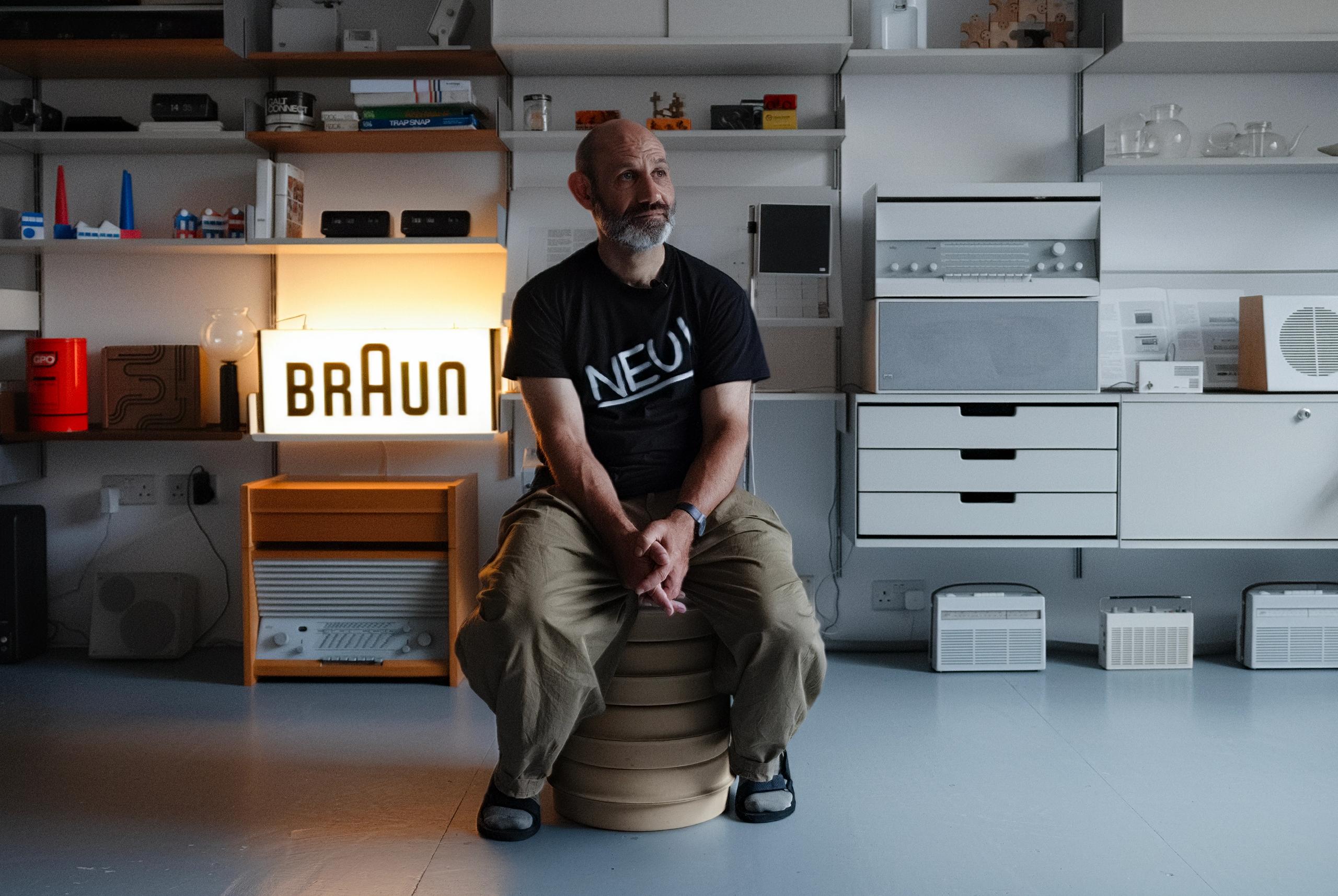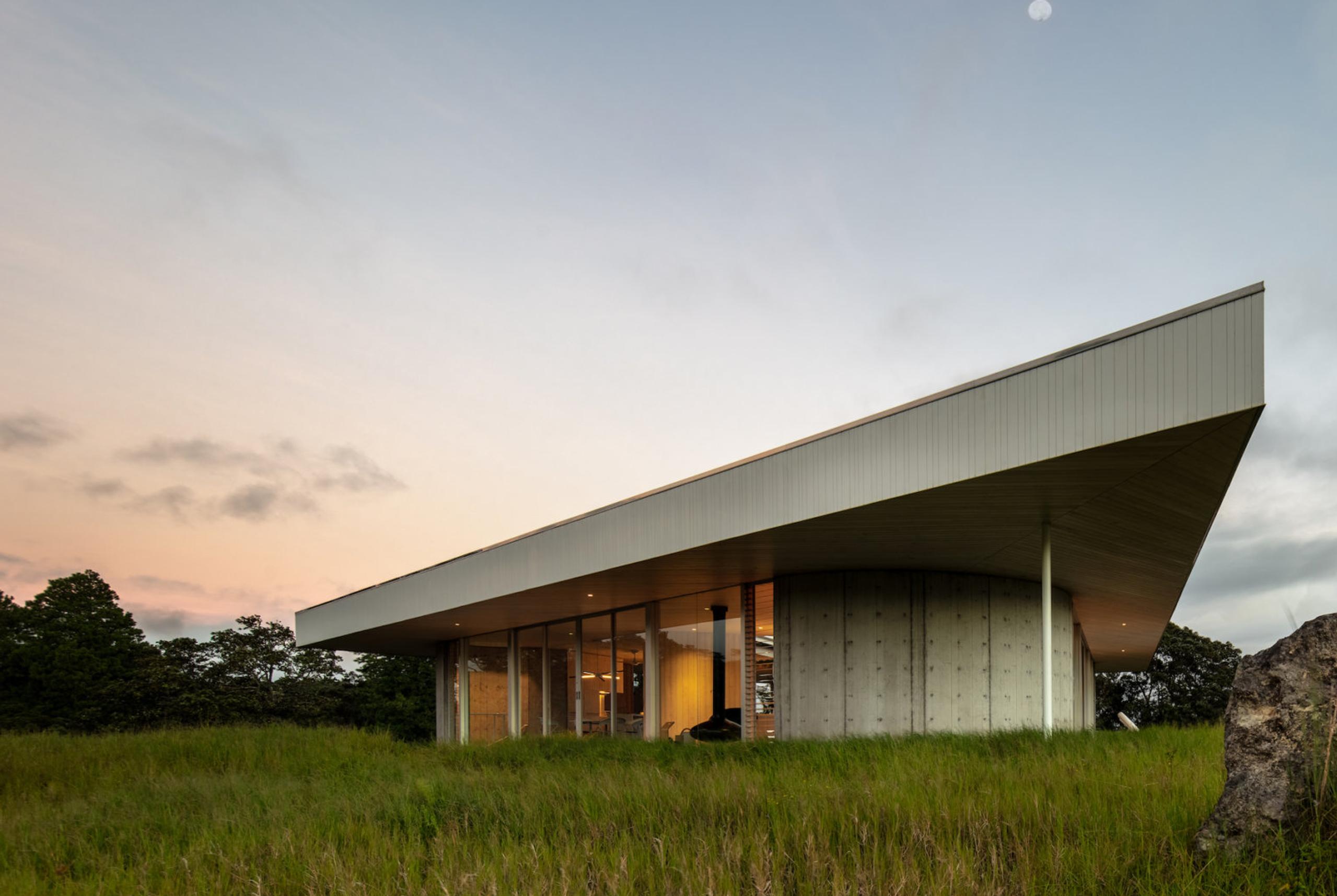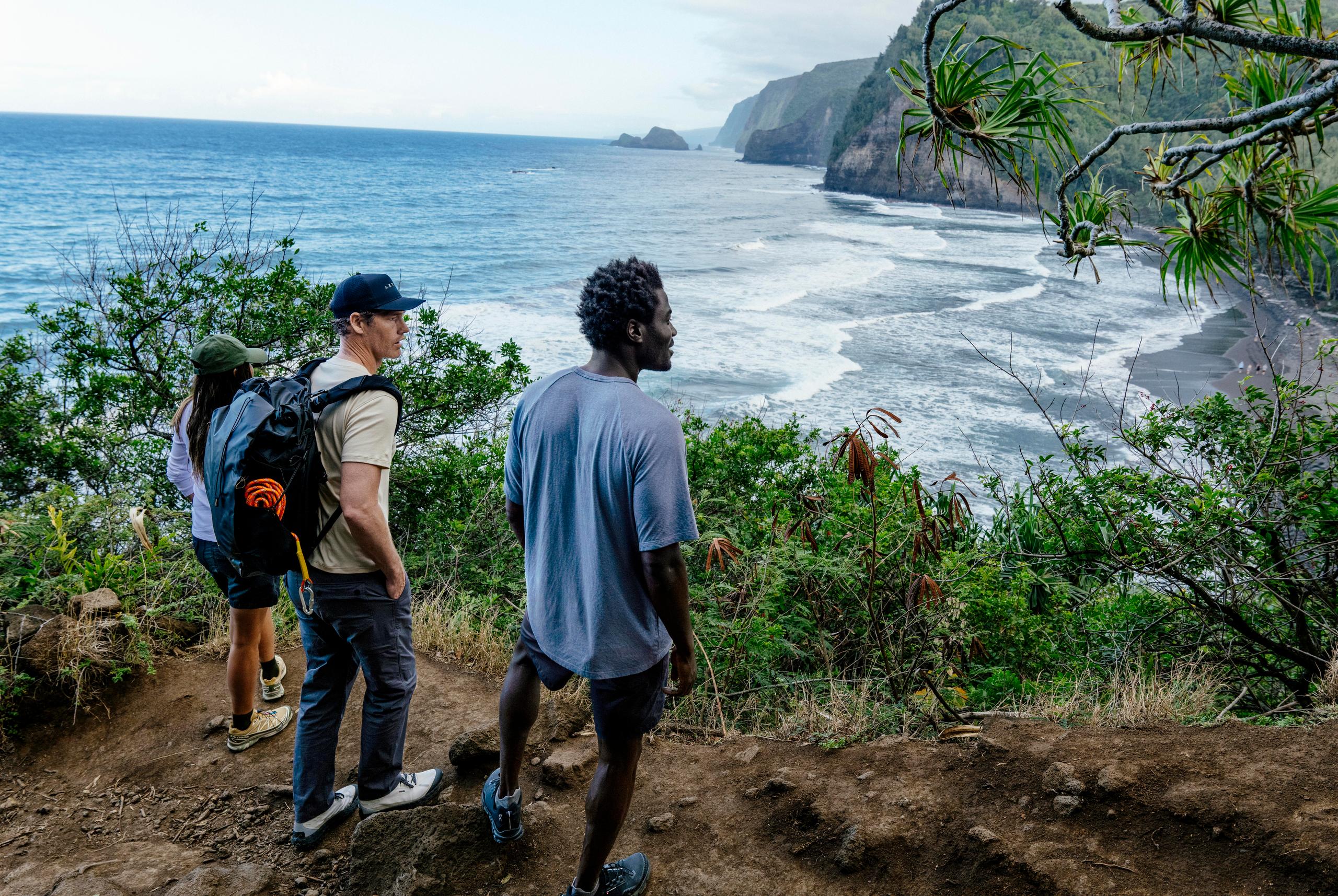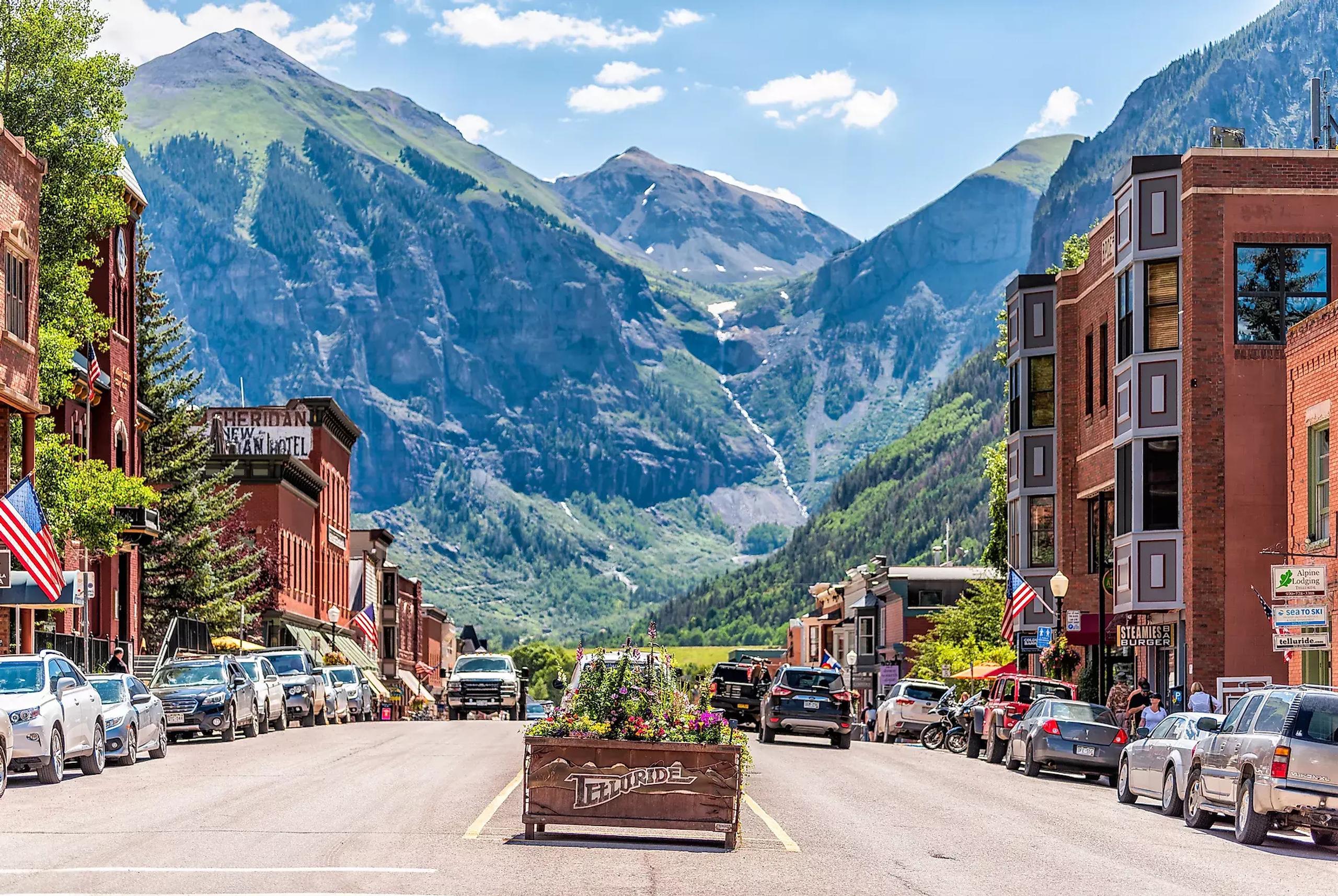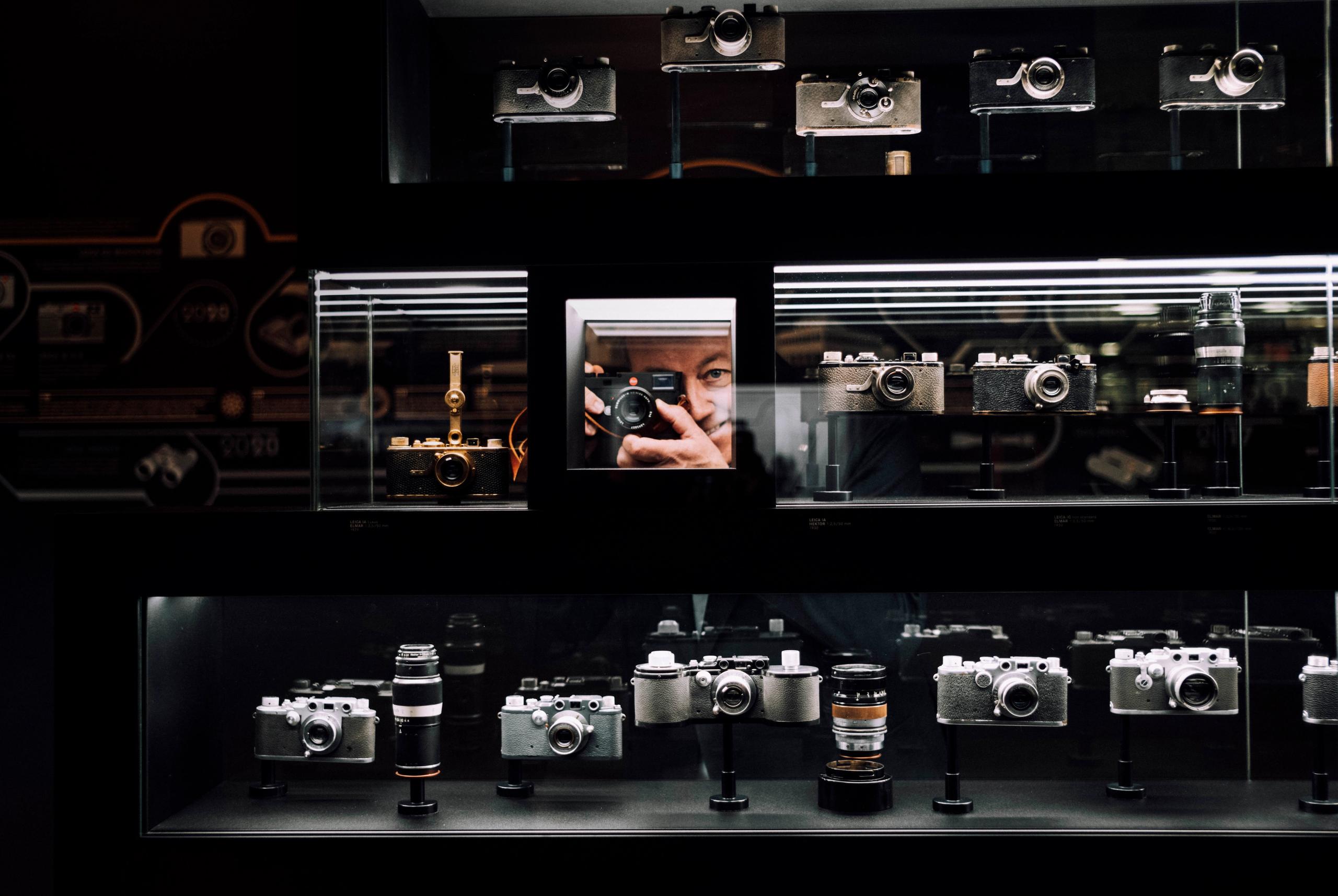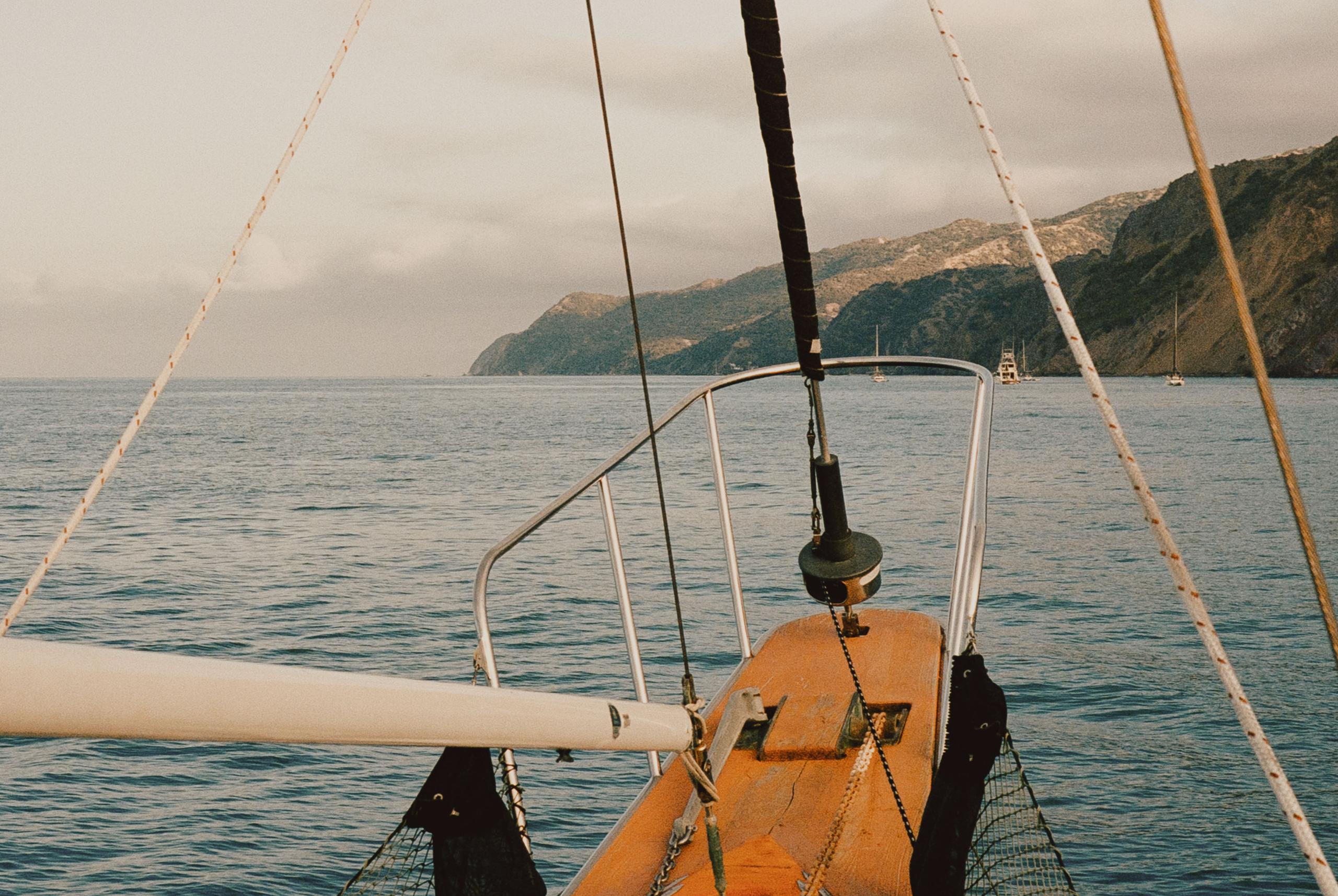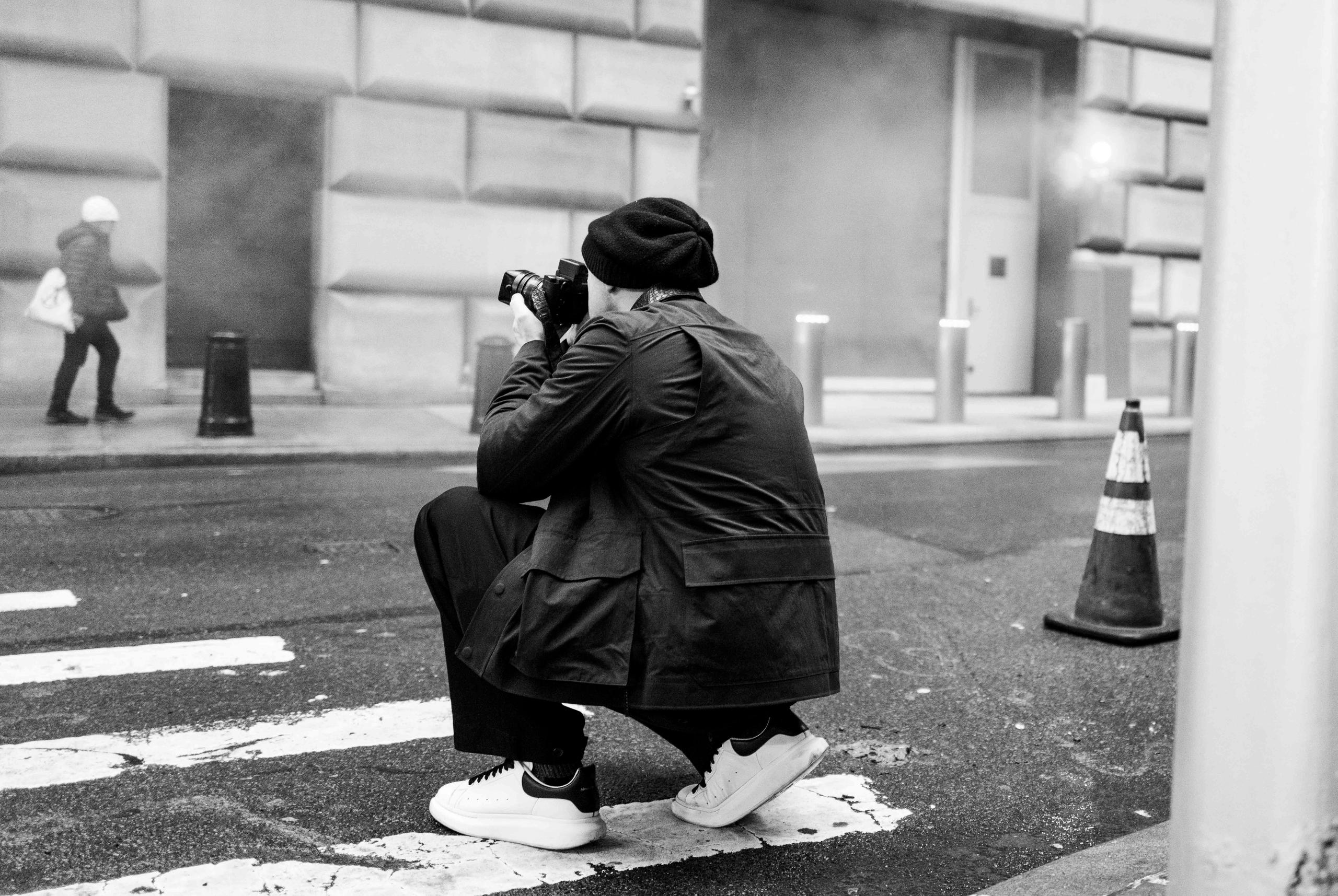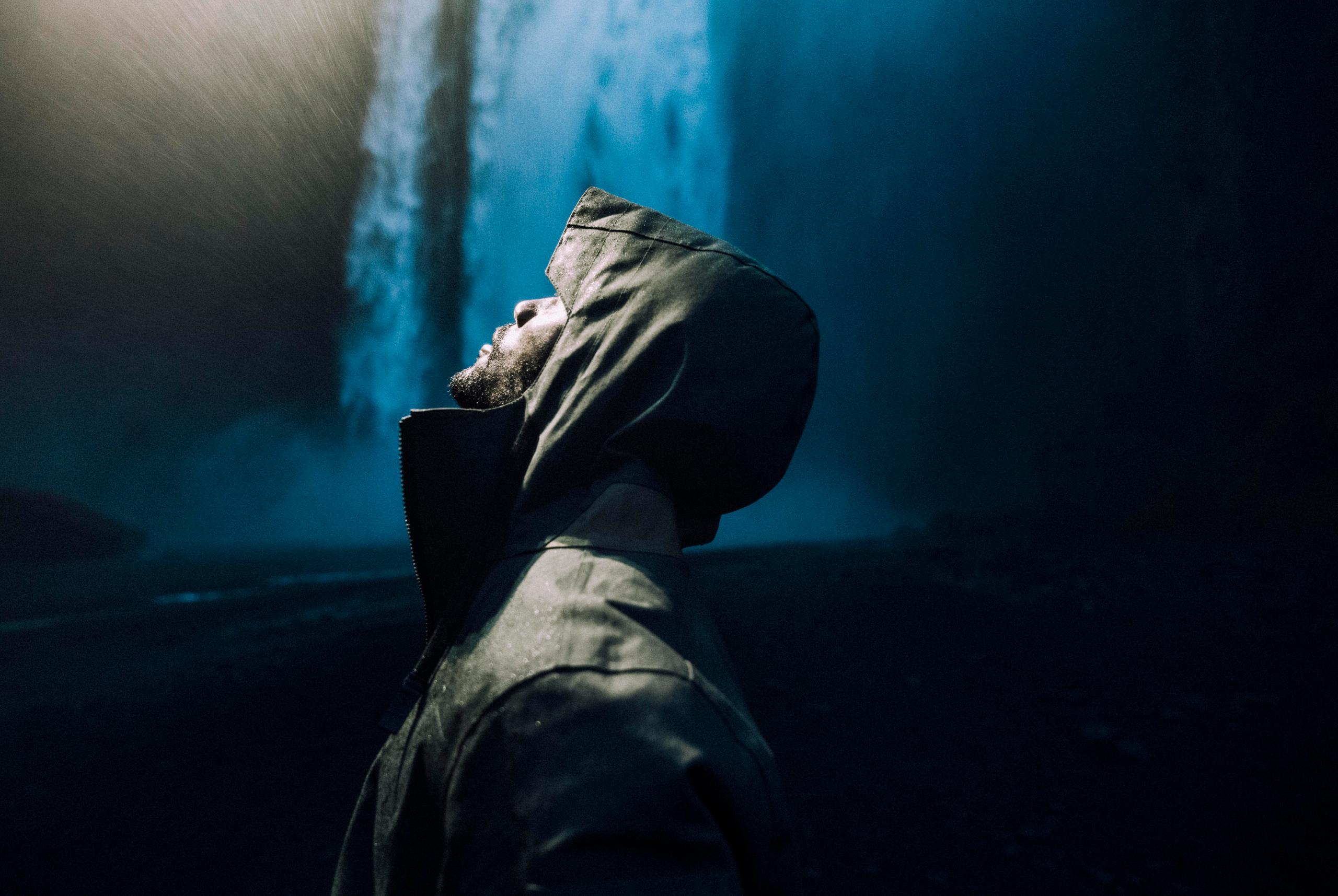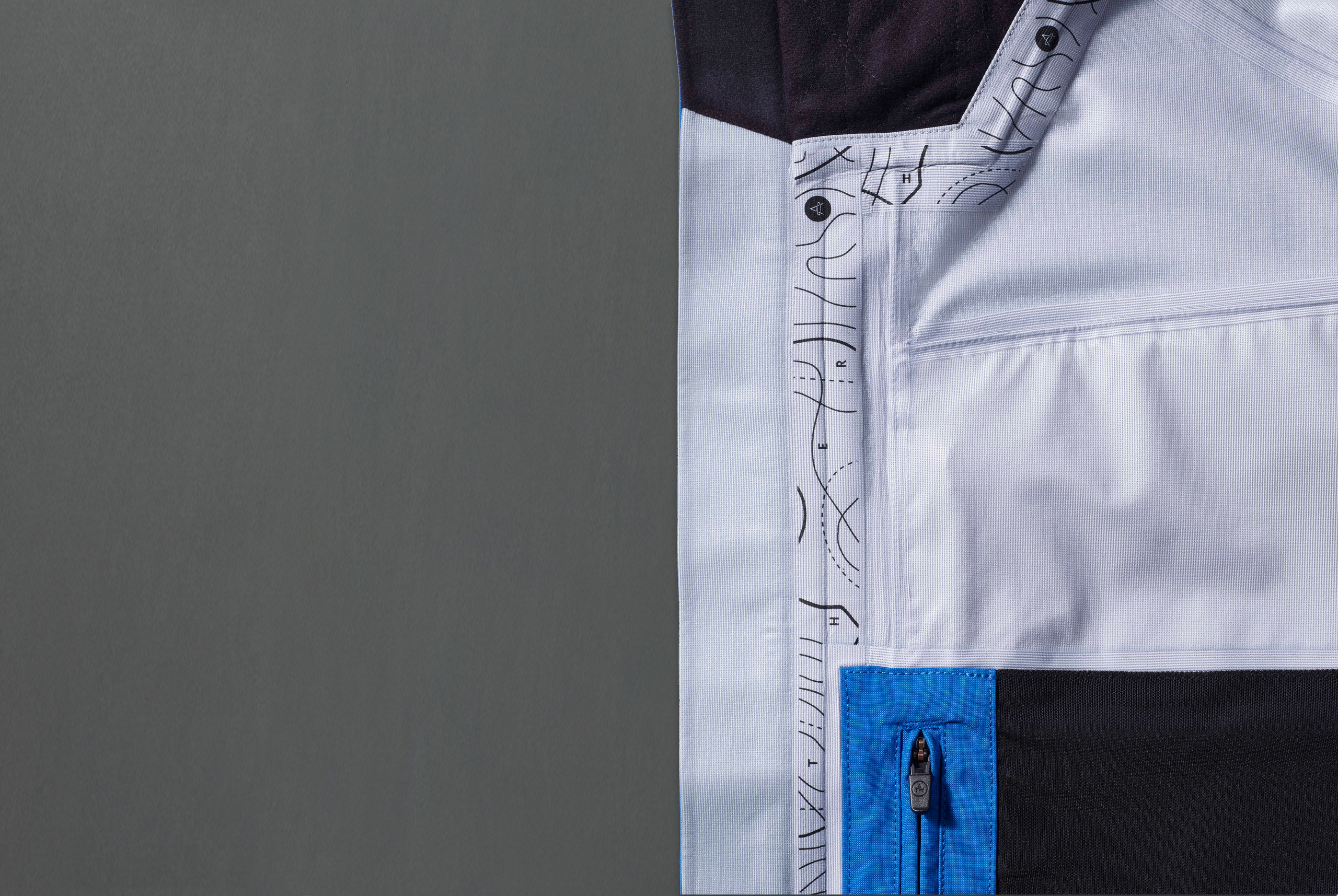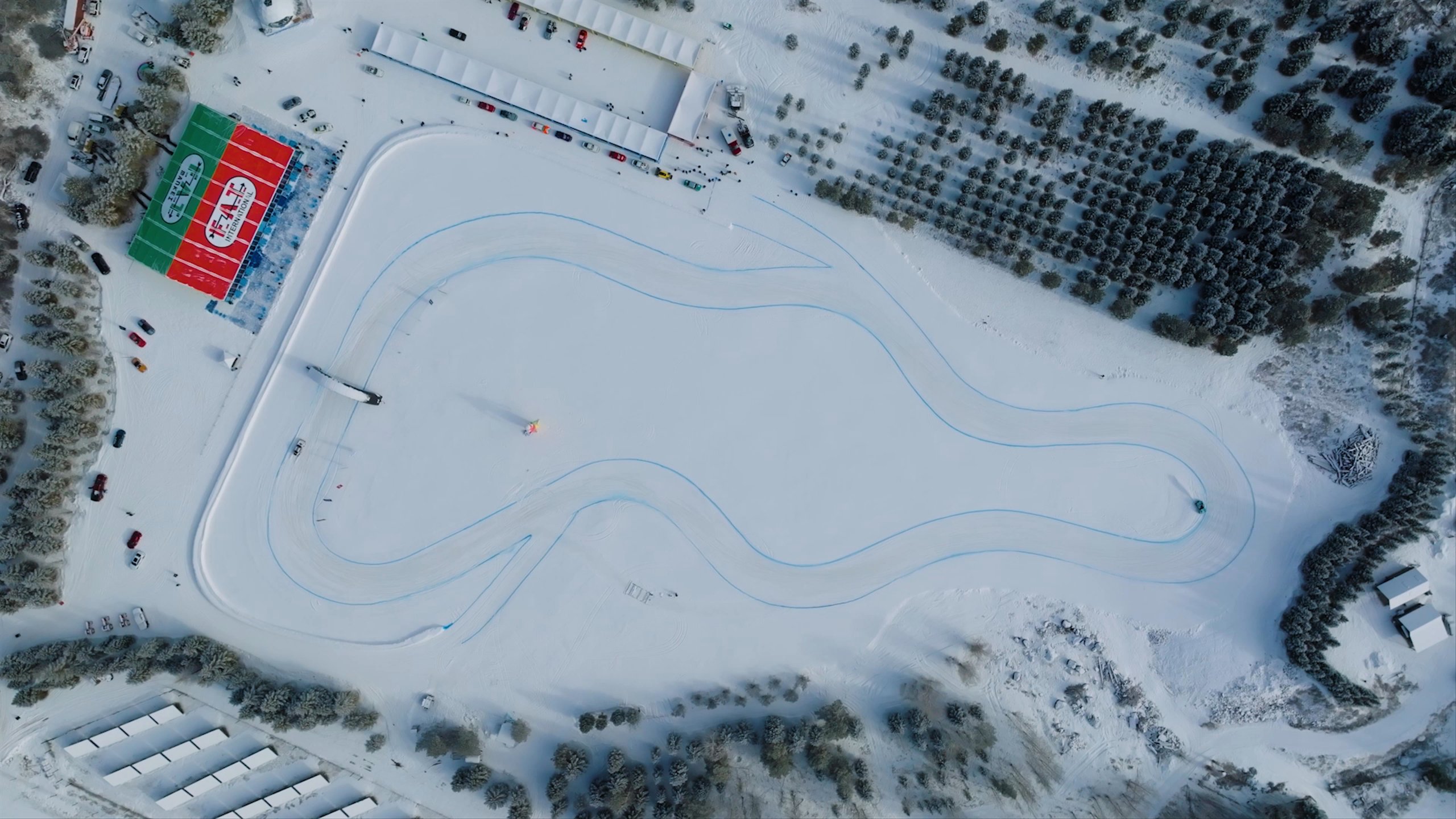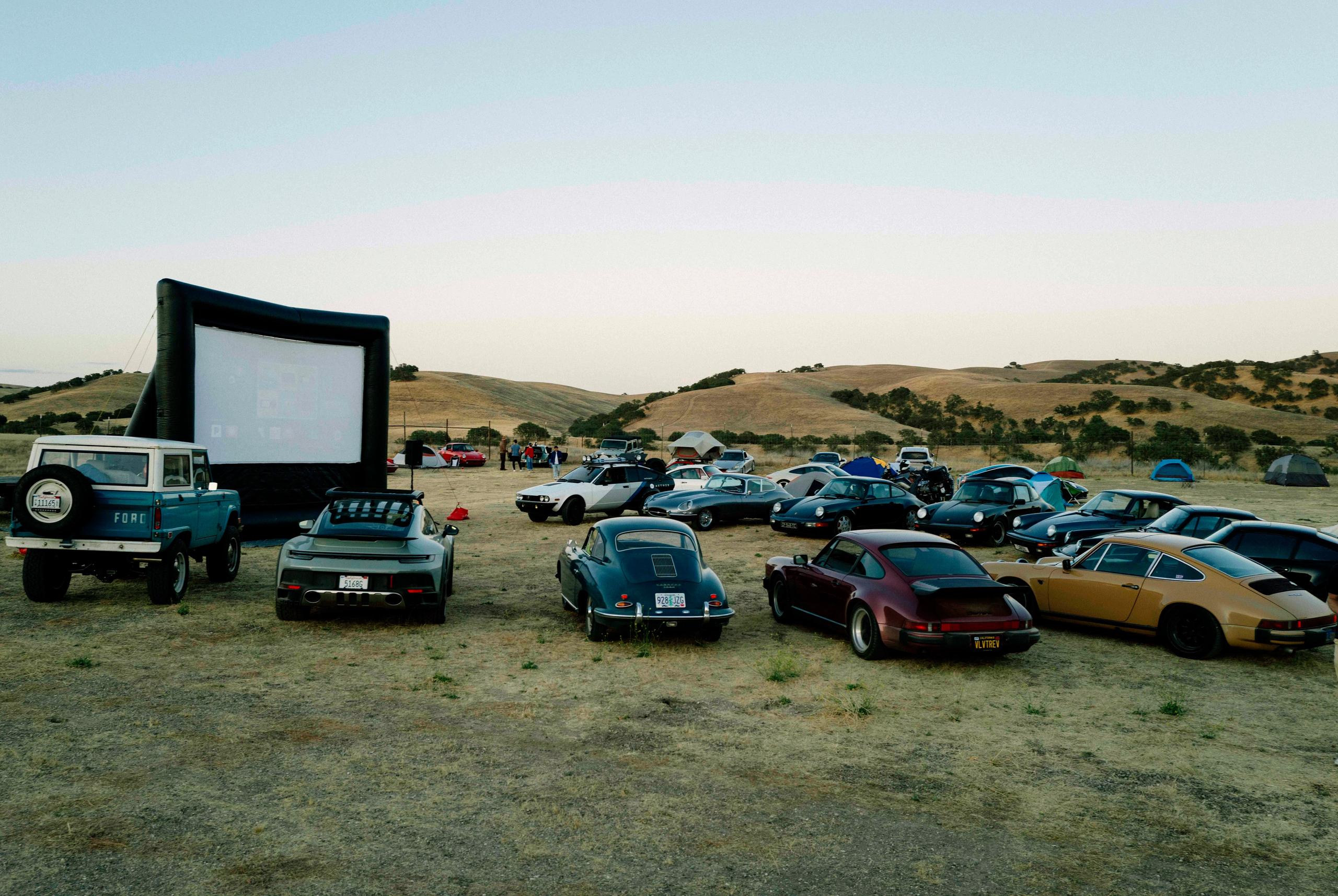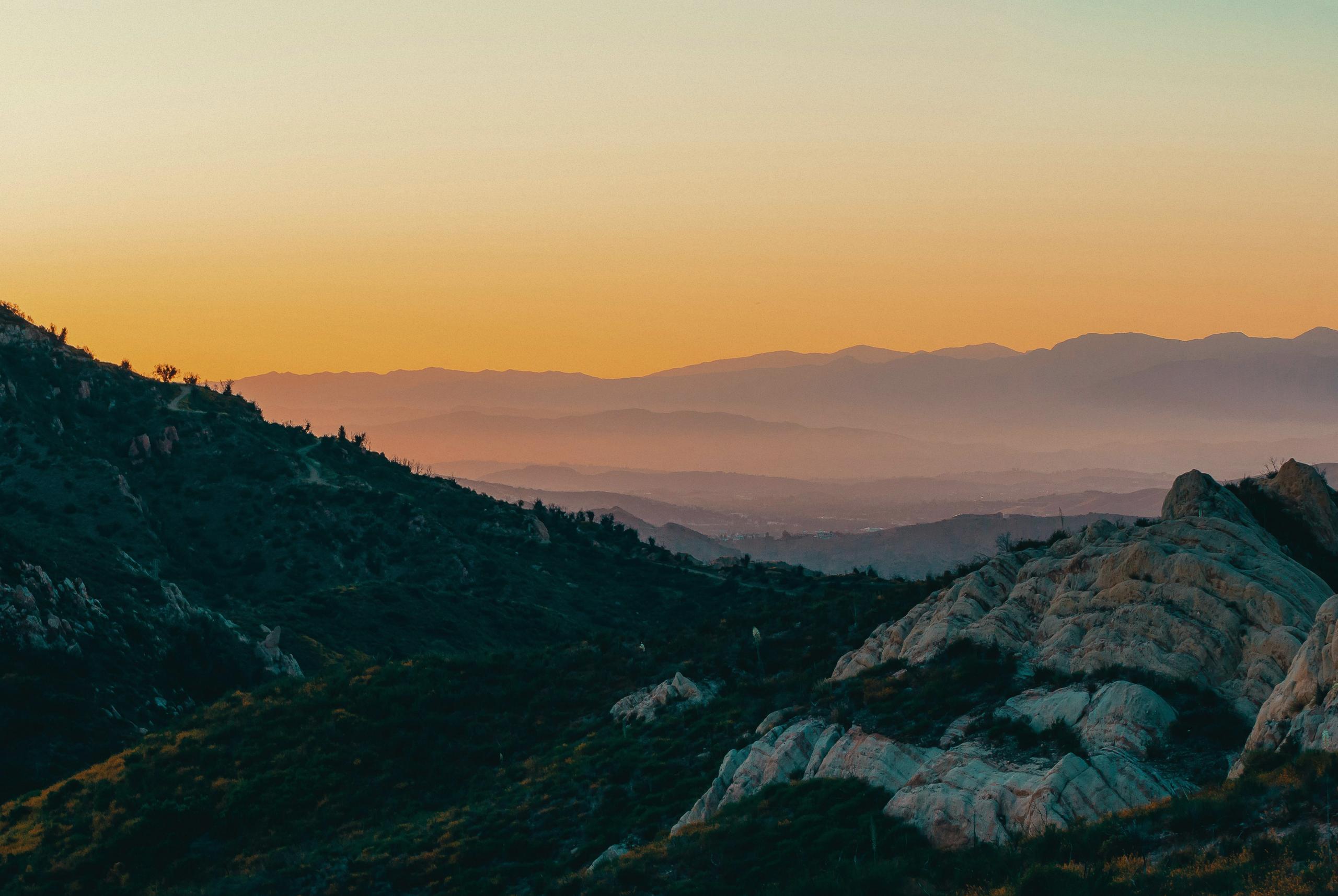
Art Spotlight: Underwater Museums
For art enthusiasts craving adventure, or adventure enthusiasts looking to expand their artistic horizons, we present you with underwater museums. British artist Jason deCaires Taylor has spent the last decade creating underwater-sculpture installations (between nine and 50 feet under the sea, to be precise) all over the globe. Taylor started the world’s first underwater sculpture gallery in 2006 off the coast of the Caribbean island of Grenada, and in 2009 he founded MUSA (Museo Subacuático de Arte) in Cancun, Mexico. His most recent project, Museo Atlantico, opened to visitors earlier this year and is located off the coast of Lanzarote, a Spanish island near Morocco. This newest museum is still a work in progress as each piece is individually lowered to the ocean floor—once Taylor’s installations are finished in January of next year there will be more than 300 sculptures.
Taylor’s sculptures vary in subject from place to place, but most are of humans and plants. Once constructed they are placed on the ocean floor, often quickly becoming man-made reefs for sea life. Museo Atlantico—Europe’s first underwater museum—comprises sculptures inspired by the people of Lanzarote. One piece is of a faceless couple taking a selfie, while another, much larger work, The Raft of Lampedusa, is a commentary on Europe’s refugee crisis. The piece resembles Theodore Gericault’s 1818 painting The Raft of the Medusa, replacing the French people in the painting with African refugees trying to reach Europe.
So how does one go about visiting one of these museums? That’s a multifaceted answer. While in Cancun and Grenada some of the pieces are only nine feet underwater and can be easily accessed by snorkeling, others in Museo Atlantico are located almost 50 feet below the surface, requiring scuba certification to get up close and personal with the work. Curated tours are given by scuba-diving docents, who guide visitors through the galleries and explain the meaning behind the pieces.
Below, photos from the new Museo Atlantico.
